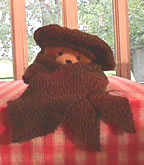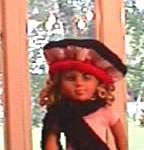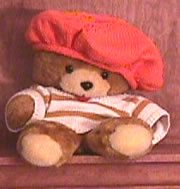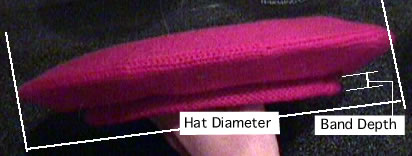
Hand Knit Beret or Tam
 This
page has a pattern generator (aka program) to create a pattern to help
you knit a beret by hand. Machine knit directions are available here.
You can make your hat in any yarn; just enter
the gauge in the program, and you'll get the pattern you need.
Every hat shown here was knit from a pattern generated by this program,
I just entered different yarn gauges and different head sizes.
This
page has a pattern generator (aka program) to create a pattern to help
you knit a beret by hand. Machine knit directions are available here.
You can make your hat in any yarn; just enter
the gauge in the program, and you'll get the pattern you need.
Every hat shown here was knit from a pattern generated by this program,
I just entered different yarn gauges and different head sizes.Main site, blog (read the latest), hat collection, and Poncho & Cape collection.

- Knit from the brim up using circular needles.
- Small roll brim.
- You
may vary the band size to fit any head, and you may also vary the
overall diameter of the hat. (This one is dramatically large and uses a
factor of "2". The one on the machine knit page is smaller --
using a factor of "1.5". That information may make sense when you
design your hat!)
Remember: Like all patterns spit out by my generators, this is
mostly shaping directions.
The purpose of the generators is to let you be
creative, while eliminating the need to do pesky
calculations. This generator will let you make exactly the beret shown, but I encourage you to add your own touches.
